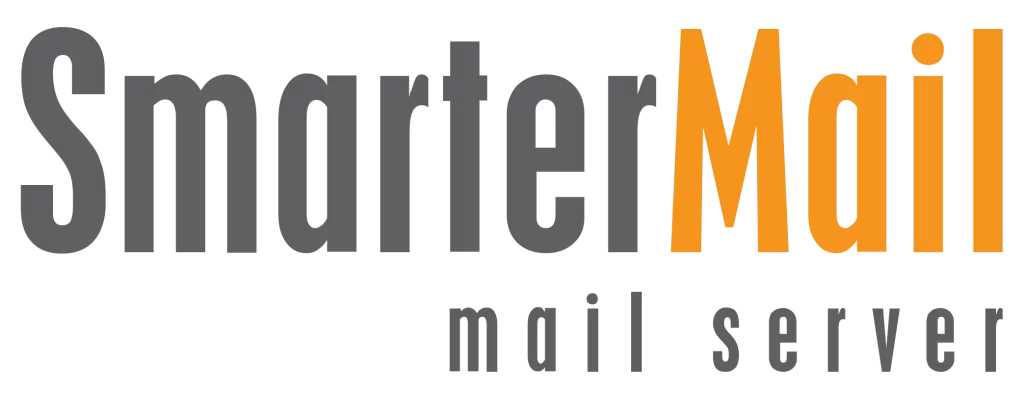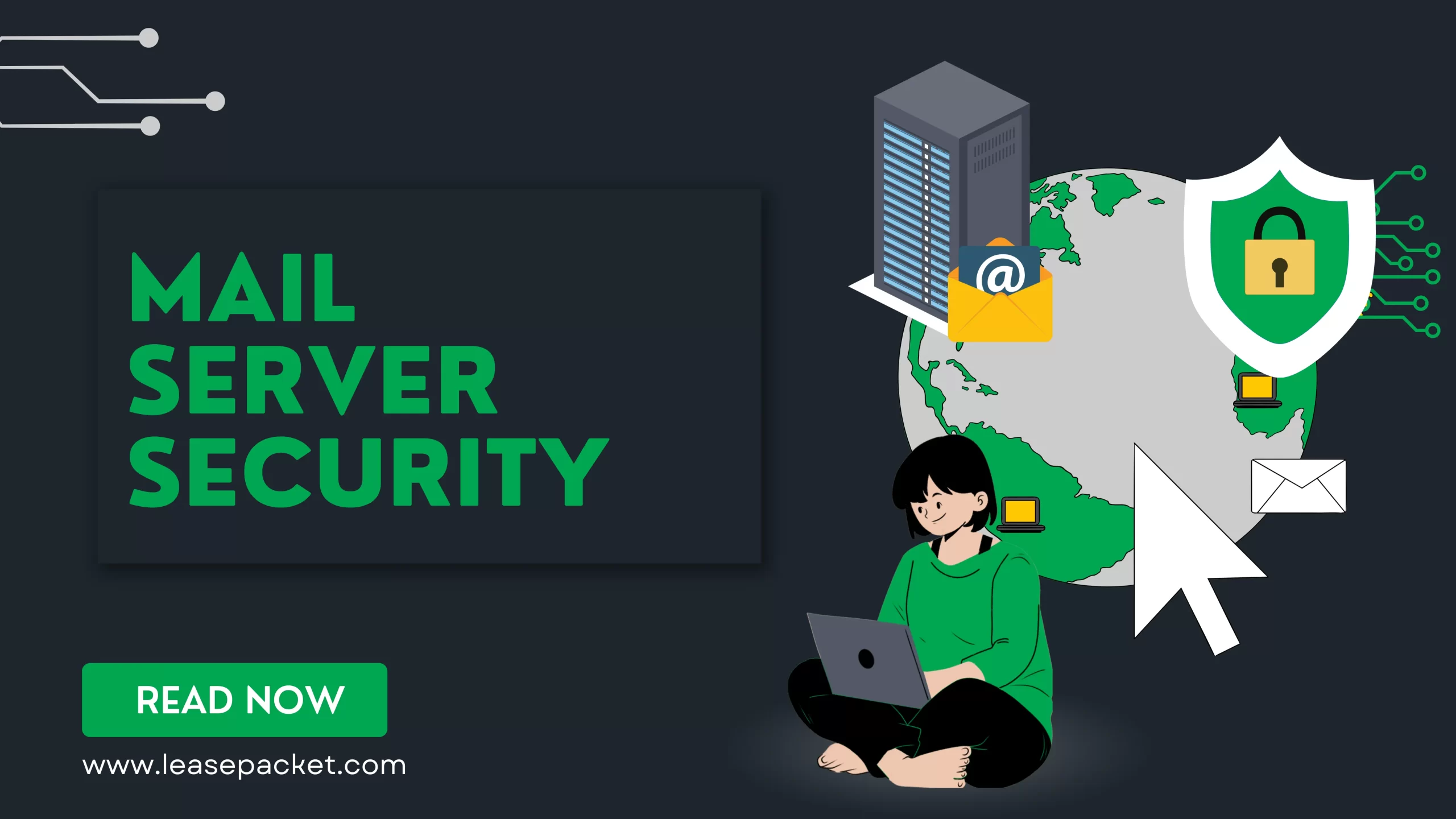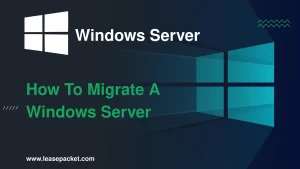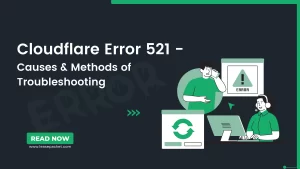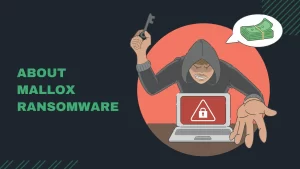Maintaining mail server security is one of the most important tasks for any organization. A compromised or unsecured mail server can have a negative impact on the reputation of the business and may result in legal and financial issues. Mail Servers are a common target for malicious activity due to the ability of attackers to leverage the SMTP functionality within their future actions.
A protected mail server isn’t an option nowadays. It’s a necessity.
So, based on our experience with email protection solutions, we’ve selected 9 ways to boost mail server security. Let’s get started with the basics.
Table of Contents
What is a Mail Server?
A mail server, also known as an email server, is a computerized system or software application responsible for receiving, sending, and storing electronic mail (email) messages. It acts as the central hub for managing and facilitating email communication within a network, whether it’s a local organization or the global internet.
The primary functions of a mail server include:
- Receiving Emails: The mail server accepts incoming emails addressed to users within its domain. It functions like a virtual post office, receiving messages sent from other mail servers or email clients.
- Storing Emails: Once received, the mail server stores the emails in the recipient’s mailbox until the user retrieves them. This storage allows users to access their messages at any time, even if they are not online.
- Sending Emails: When a user sends an email, their email client connects to the outgoing mail server, which then routes the message to the recipient’s mail server. The recipient’s server then stores the email until the recipient retrieves it.
- Authentication and Authorization: Mail servers often employ authentication mechanisms to ensure that only authorized users can send or retrieve emails. This helps prevent unauthorized access and protects the integrity of the email system.
- Spam Filtering: Mail servers commonly include spam filters to identify and filter out unwanted or malicious emails before they reach the users’ inboxes. This helps improve the overall security and efficiency of the email system.
- Forwarding and Routing: In a network with multiple mail servers, messages may need to be forwarded or routed to reach their final destination. Mail servers manage the proper routing of emails based on recipient addresses.
Ways To Boost Mail Server Security
Mail server security can be enhanced by following the tips mentioned below:
Encryption Protocols
Implement robust encryption protocols, such as Transport Layer Security (TLS) or its predecessor Secure Sockets Layer (SSL), to safeguard the confidentiality of data in transit. Encryption ensures that even if intercepted, the content remains unreadable without the proper decryption keys.
Multi-Factor Authentication (MFA)
Strengthen access controls by enforcing multi-factor authentication. Require users to authenticate their identity through multiple verification methods, such as passwords, biometrics, or one-time codes, significantly reducing the risk of unauthorized access.
Regular Software Updates and Patch Management
Keep your mail server software up-to-date by regularly applying security patches and updates. Outdated software is more susceptible to exploitation, and timely updates address vulnerabilities that could be exploited by malicious actors.
Firewall Configuration
Configure firewalls to restrict unauthorized access to your mail server. Define and enforce rules that specify the types of traffic allowed or denied, providing an additional layer of defense against potential threats.
Spam and Malware Filtering
Deploy advanced spam and malware filtering solutions to automatically detect and quarantine suspicious emails. These filters help prevent phishing attacks and malware-laden emails from reaching users’ inboxes, reducing the likelihood of successful cyber attacks.
Regular Security Audits and Penetration Testing
Conduct regular security audits and penetration testing to identify vulnerabilities in your mail server’s infrastructure. Proactively addressing weaknesses before they can be exploited enhances your overall security posture.
User Education and Training
Invest in user education and training programs to raise awareness about email security best practices. Educated users are less likely to fall victim to phishing attempts, social engineering tactics, or inadvertently compromise the security of the mail server.
Role-Based Access Control (RBAC)
Implement Role-Based Access Control to restrict user access based on their roles and responsibilities. This ensures that users have the necessary permissions for their tasks while preventing unauthorized access to sensitive areas of the mail server.
Data Backups and Recovery Planning
Regularly back up email data and establish a robust disaster recovery plan. In the event of a security incident or data loss, having comprehensive backups ensures that you can quickly restore critical information and maintain business continuity.
Why is Mail Server Security Important?
Mail server security is of paramount importance due to several critical reasons, reflecting the central role that email communication plays in both personal and business contexts. Here are key reasons why ensuring the security of a mail server is crucial:
Confidentiality of Communication
Email often contains sensitive and confidential information, both in personal and business contexts. Ensuring the security of the mail server protects the privacy of communications and prevents unauthorized access to confidential data.
Prevention of Unauthorized Access
Unauthorized access to email accounts can lead to a range of security issues, including identity theft, financial fraud, and unauthorized disclosure of sensitive information. A secure mail server helps prevent unauthorized individuals from gaining access to user accounts.
Protection Against Phishing Attacks
Phishing attacks often target email as a primary vector for spreading malicious content or tricking users into revealing sensitive information. A secure mail server can implement robust filtering mechanisms to identify and block phishing attempts, protecting users from falling victim to such attacks.
Mitigation of Malware and Ransomware Threats
Email attachments and links can be vehicles for malware and ransomware. A secure mail server employs advanced scanning and filtering mechanisms to detect and quarantine malicious content, reducing the risk of malware infections and potential data loss.
Business Continuity
Many businesses rely heavily on email communication for day-to-day operations. A compromised mail server can disrupt communication channels, leading to business downtime and loss of productivity. Robust mail server security measures contribute to business continuity by preventing disruptions caused by security incidents.
Prevention of Email Spoofing
Email spoofing involves sending emails with a forged sender address, often used in phishing attacks. Secure mail servers implement authentication mechanisms such as SPF (Sender Policy Framework) and DKIM (DomainKeys Identified Mail) to verify the authenticity of sender addresses, reducing the risk of email spoofing.
Data Loss Prevention
A secure mail server includes measures to prevent data loss, such as regular backups and encryption. These measures protect against accidental deletion, hardware failures, or other incidents that could result in the loss of critical email data.
Legal and Compliance Requirements
Many industries have specific legal and compliance requirements regarding the protection of sensitive information. Maintaining a secure mail server helps organizations adhere to these regulations, avoiding legal consequences and reputational damage.
User Trust and Reputation
Users trust that their emails are secure and that the communication channels they use are reliable. A secure mail server contributes to building and maintaining user trust, protecting the reputation of both individuals and organizations.
Conclusion
Making your email server safe is like building a strong shield. Use different tools like encryption, multi-factor authentication, and regular updates to protect against online dangers. Also, teach users about staying safe and check your defenses regularly. Together, these steps create a strong and complete security system for your email.







